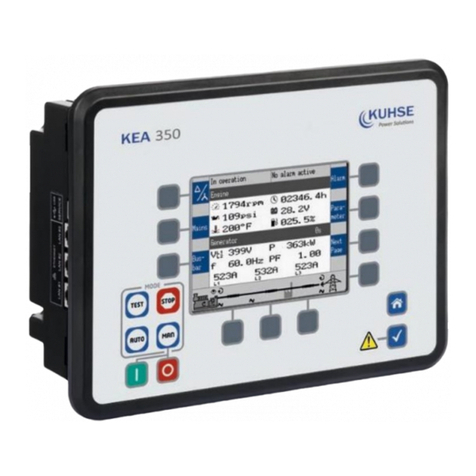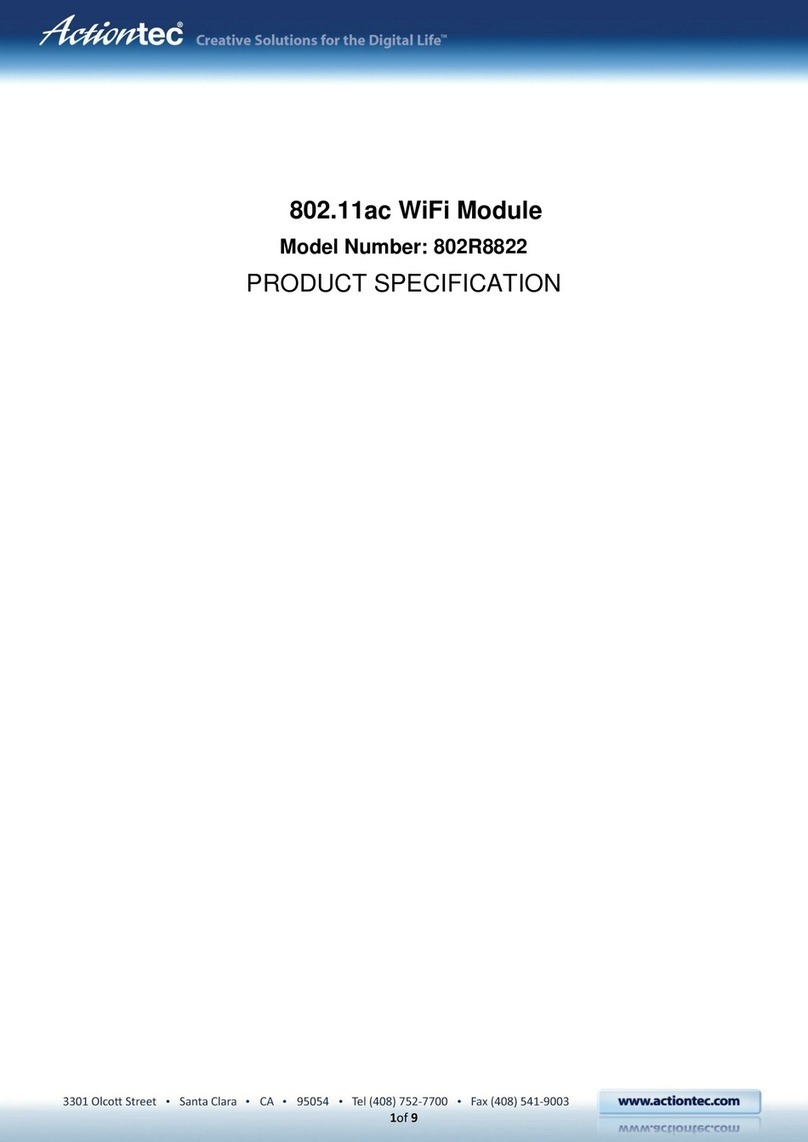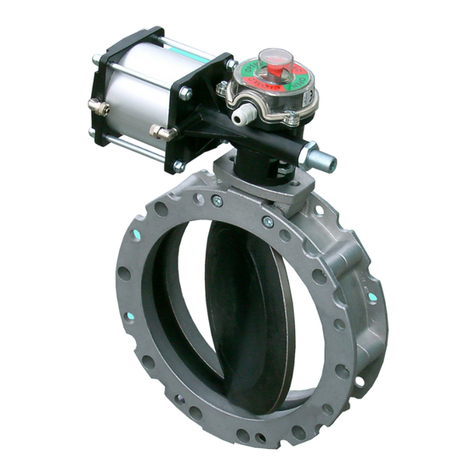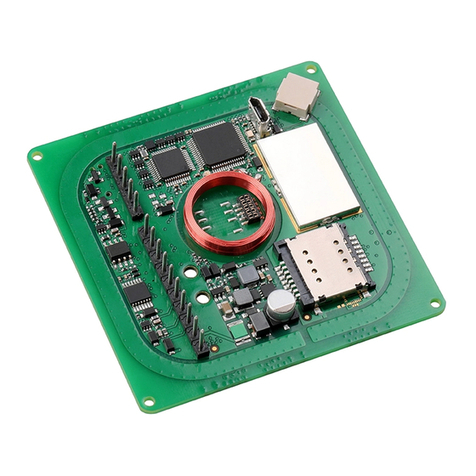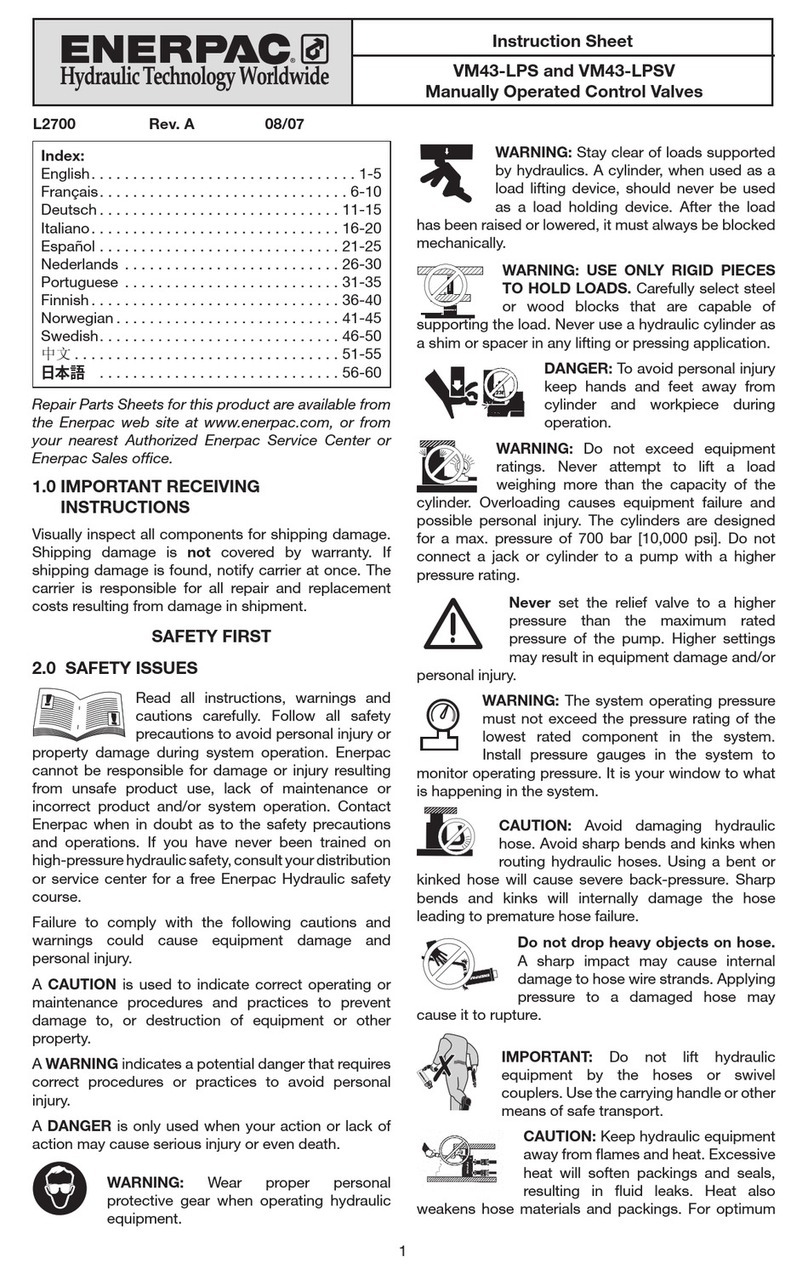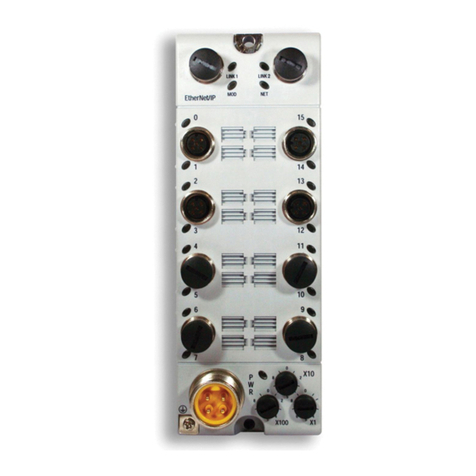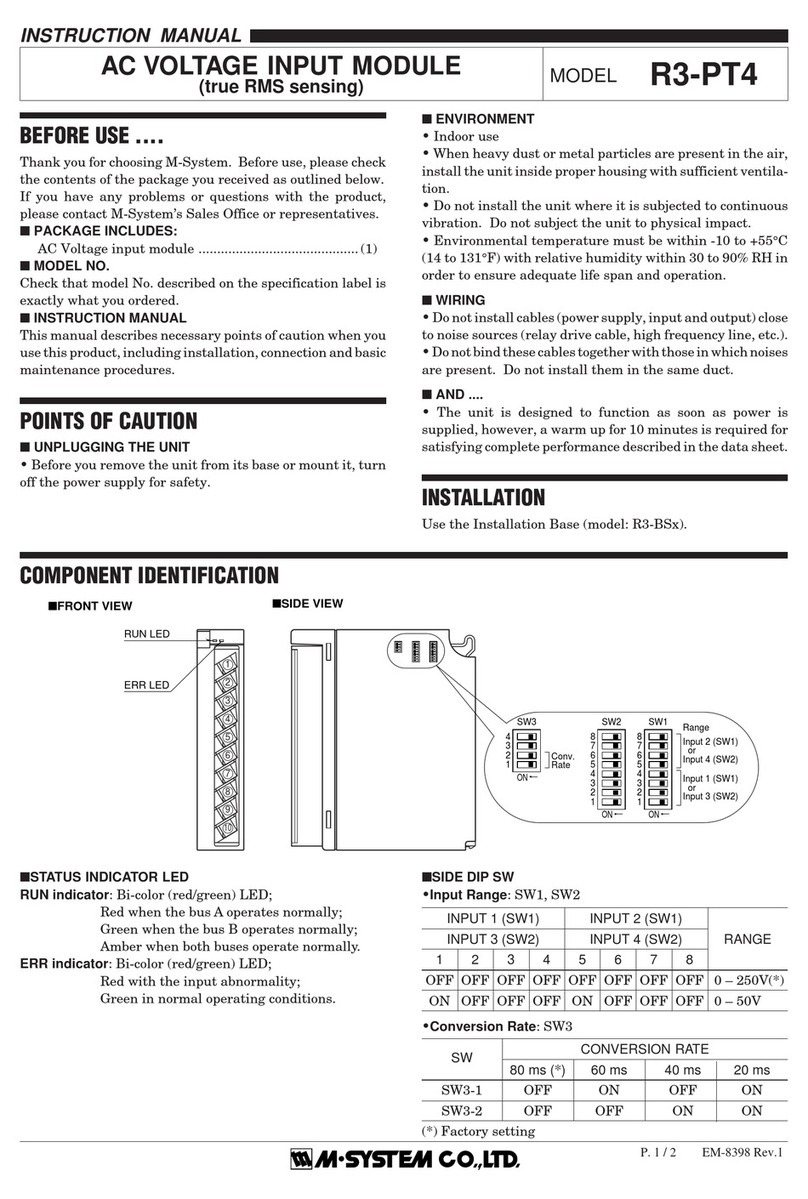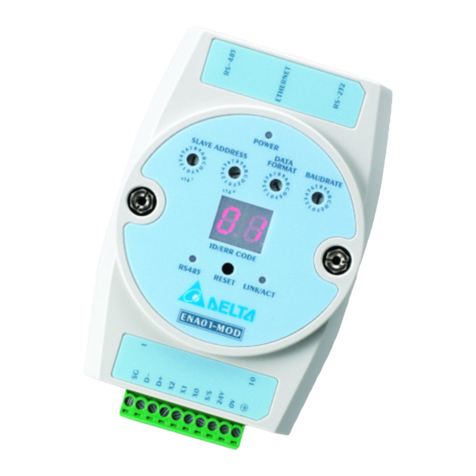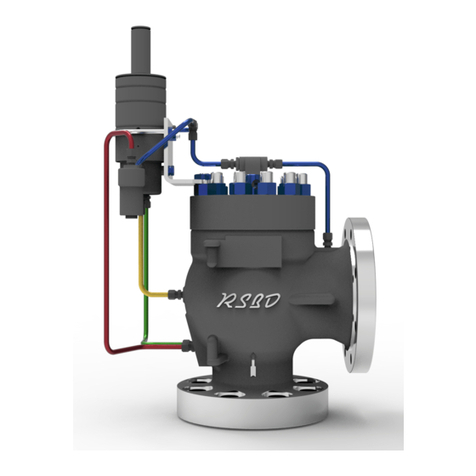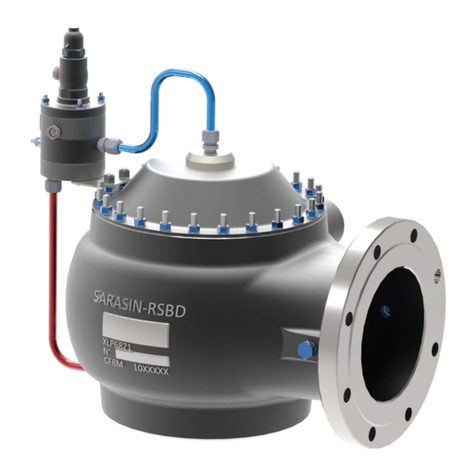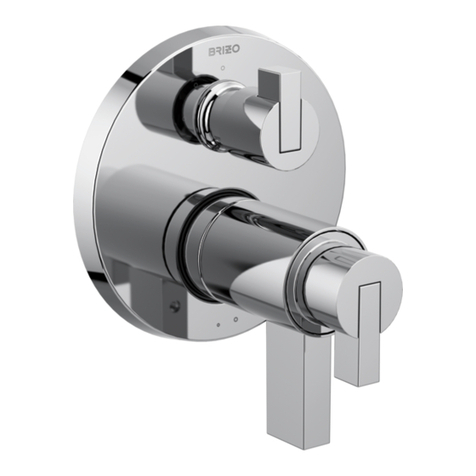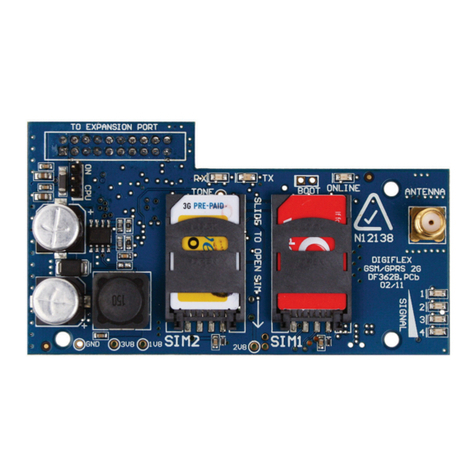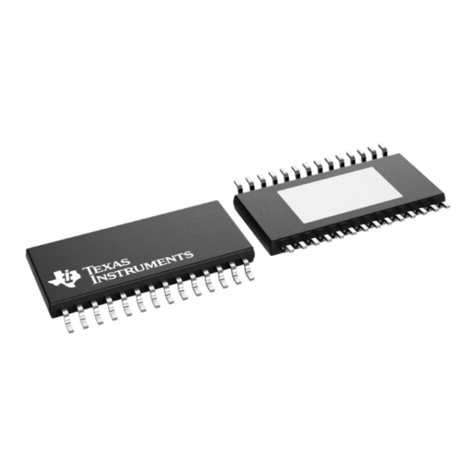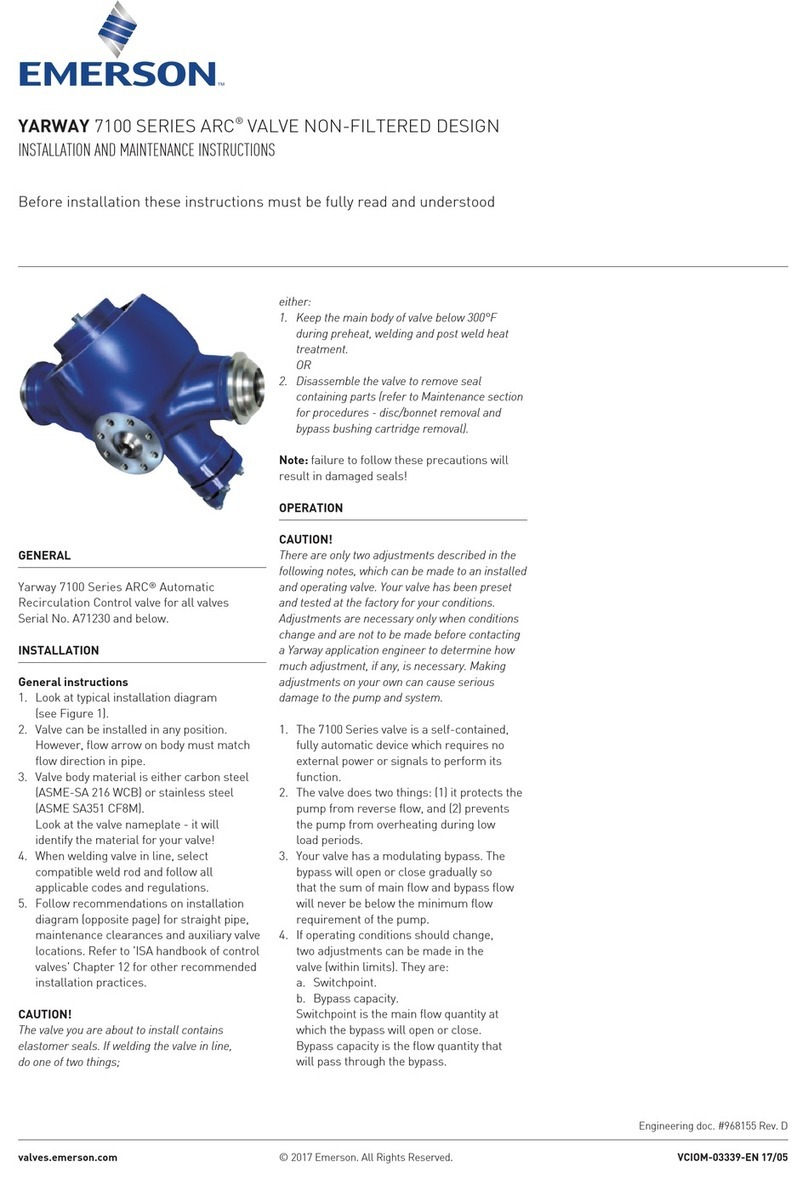
CONTENT
1 SAFETY INSTRUCTIONS...................................................................................................................................................... 3
2 SAFETY PRECAUTIONS ...................................................................................................................................................... 4
3 WARRANTY INFORMATION ................................................................................................................................................ 5
4 TERMINOLOGY ..................................................................................................................................................................... 6
5 GENERAL ADVICE ............................................................................................................................................................... 7
5.1 RESPONSIBILITIES ........................................................................................................................................................ 7
5.2 IDENTIFICATION PLATE ................................................................................................................................................ 7
5.3 SPRING ........................................................................................................................................................................... 8
5.4 STORAGE ........................................................................................................................................................................ 9
5.5 HANDLING ....................................................................................................................................................................... 9
6STARFLOW BASICS ............................................................................................................................................................. 10
6.1 DESCRIPTION ................................................................................................................................................................. 10
6.2 FEATURES AND NOMENCLATURES...................................... ............................................................................................ 11
7INSTALLATION ..................................................................................................................................................................... 13
7.1 GENERAL ........................................................................................................................................................................ 13
7.2 INLET PIPING .................................................................................................................................................................. 13
7.3 OUTLET PIPING .............................................................................................................................................................. 14
7.4 INSTALLATION ON THE PROTECTED EQUIPMENT ............................................................................................................ 14
7.5 OUTLET MANIFOLD DESIGN ......................................................................................................................................... 14
7.6 RECOMMENDATIONS .................................................................................................................................................... 15
7.7 OUTDOOR INSTALLATION ............................................................................................................................................ 15
7.8 INDOOR INSTALLATION ................................................................................................................................................ 15
7.9 SPECIAL CASE OF STEAM ............................................................................................................................................ 15
8MAINTENANCE..................................................................................................................................................................... 17
8.1 DISASSEMBLY ................................................................................................................................................................ 18
8.2 LAPPING .......................................................................................................................................................................... 22
8.3 ASSEMBLY ...................................................................................................................................................................... 25
9TESTING ................................................................................................................................................................................ 27
9.1 RECOMMENDATIONS .................................................................................................................................................... 27
9.2 SET PRESSURE AND ADJUSTMENT ON LINES................................................................................................................. 28
9.3 MANUAL LIFTING DEVICE ............................................................................................................................................. 33
9.4 CALIBRATION CHECK WITH ONLINE TESTING DEVICE ..................................................................................................... 34
9.5 VALVE SEALING ............................................................................................................................................................. 34
10 MAINTENANCE..................................................................................................................................................................... 34
11 TROUBLESHOOTING ........................................................................................................................................................... 35
12 SPARE PARTS ...................................................................................................................................................................... 36
13 DISMANTLING....................................................................................................................................................................... 36
14 GENUINE PARTS .................................................................................................................................................................. 37
15 CODIFICATION ...................................................................................................................................................................... 38
1|
SARASIN-RSBD
STARFLOW SAFETY RELIEF VALVE
TM
TM





















